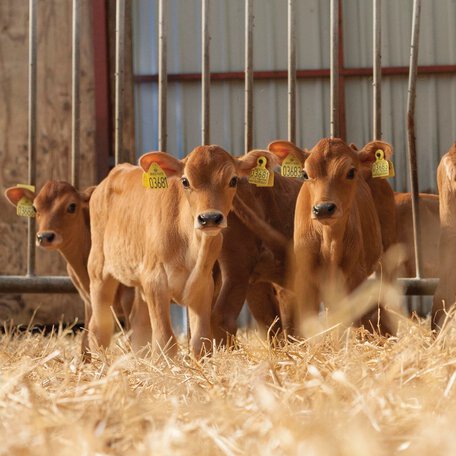The long-term effects of poor cow fertility
Secure your future success today.

Boost the reproduction performance in your herd
Secure your future success today.
Poor cow fertility impacts the profitability of your dairy herd. The costs are often hidden but have a huge influence on your bottom line.
Poor fertility results in:
Poor fertility is among the most common culling reasons in dairy herds. For Holstein, poor fertility is the most frequent reason for culling in Denmark and account for 21% of all cullings. When culling is related to poor fertility, it is always involuntary.
With a consistent focus on fertility in your breeding strategy you can achieve higher profitability. Herds with a higher production level can achieve bigger savings from improved fertility because every day without milk is costing more.
As the production level of your cows continues to increase, you will learn that fertility needs extra attention from you. Data show that there is a strong negative genetic correlation between milk yield and daughter fertility traits. Is it possible to have a breeding strategy to achieve higher yield and better reproduction performance at the same time? Yes! Keep reading below.
Improve both production and daughter fertility
With a consistent focus on breeding, you can achieve genetic progress for production and daughter fertility and improve your bottom line.
When breeding for improved daughter fertility, you don't need to compromise on gain in production. VikingGenetics sires show strong genetic progress for both daughter fertility and production traits.
The daughter fertility index has been a part of the Nordic Total Merit (NTM) Index since the 1980s – that is 40 years with systematic data collection for daughter fertility.
Cows
Days from calving to first insemination
Days from the first to last insemination
Number of inseminations per pregnancy
Heifers
Days from the first to last insemination
Number of inseminations per pregnancy



